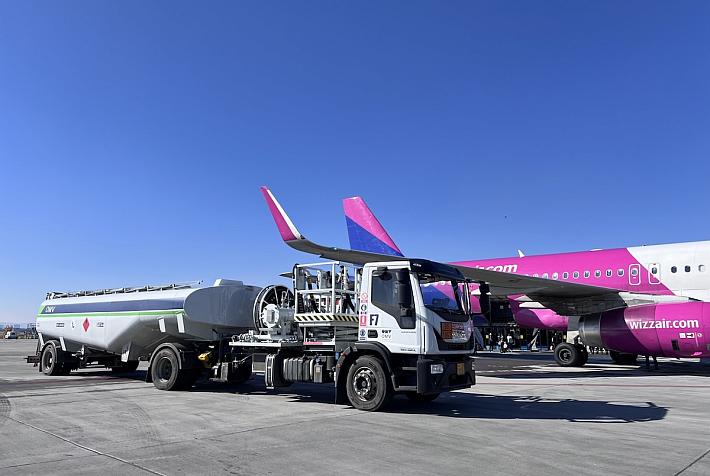Quarter of Romanian high school-age children out of school, Save the Children report shows

A quarter of Romanian high school-age children, 25.03%, were out of school during the 2022-2023 academic year, according to a recent Save the Children report.
According to European data, the number of Romanian children not attending school is increasing: almost 16% of middle school-age children were out of school in the 2022-2023 academic year, and over a quarter of high school-age children (25.03%) were in the same situation. Furthermore, 16.6% of young people aged 18 to 24 have completed only middle school, the highest rate in the last six years.
At the start of the school year, Save the Children Romania also examined the education system and drew attention to chronic problems leading to the marginalization of vulnerable children and worrying results in the PISA tests.
The organization highlights that the early school dropout rate is only 3.3% in large cities, 14.3% in small towns and suburbs, and a staggering 27.5% in rural areas. As a result, performance variation caused by students' socioeconomic status reaches 25.8% in Romania, compared to an OECD average of 15.5%, and has increased compared to the previous testing (18%).
“Nationally, two out of five students who started school nine years ago do not achieve an average grade above 5 in the final middle school evaluation. Children in rural areas are particularly disadvantaged, with the proportion of low grades being over 2.5 times higher in rural schools,” Save the Children highlights in the press release.
In addition to failure in the National Evaluation, an exam necessary to pass into high school, over 15% (15.42%) of students do not even reach the end of the eighth grade. Moreover, almost half of 15-year-old Romanian students have low math skills (48.6% versus 29.5% EU average), with similar percentages in science (44% versus 24.2% EU average) and reading (41.7% versus 26.2% EU average).
For Romania, the percentage of students with top performances in at least one subject tested is 5%, while a third of students (33.2%) scored poorly (below PISA level 2) in all three areas tested (an increase from 29.8% in 2018).
According to the OECD, Romania is one of the countries where the performance gap caused by students' socioeconomic status is the highest. The difference in average math scores between the most advantaged and disadvantaged students in Romania is 132 points (compared to the OECD average of 93 points), an increase of 24 points from the previous testing.
Considering that 30 PISA points are equivalent to one year of education, the gap between the most vulnerable and most advantaged Romanian students has grown by almost one school year between 2018 and 2022.
Romania is also among the countries where this gap has significantly widened over the last 10 years, contrasting with the OECD trend, where this difference has only seen a minor increase.
According to a sociological survey conducted by Save the Children at the end of 2022, over half of Romanian children (55.1%) want to leave the country and settle abroad, while a third wish to continue their studies abroad. The main reasons motivating them to emigrate include education opportunities (26.3%) and dissatisfaction or lack of trust in living conditions in Romania (21.9%).
Save the Children's analysis on the hidden costs of free education also found that urban parents spend 30-40% more on extra tutoring and extended school programs than rural parents. On average, tutoring costs about RON 2,500 annually (EUR 500), unaffordable for most rural families.
(Photo source: Save the Children Romania)













